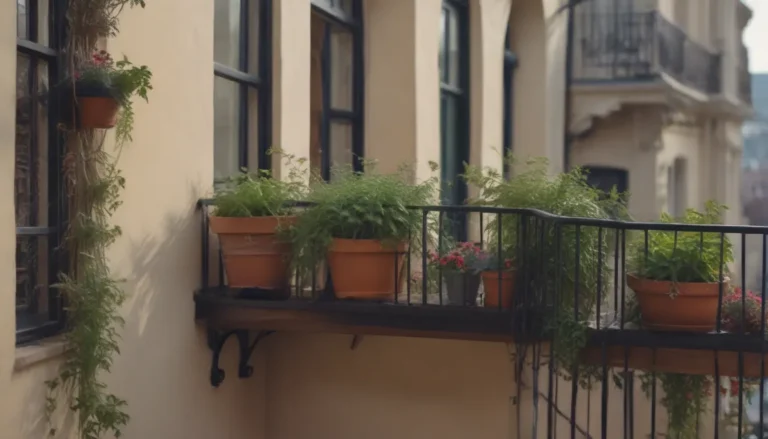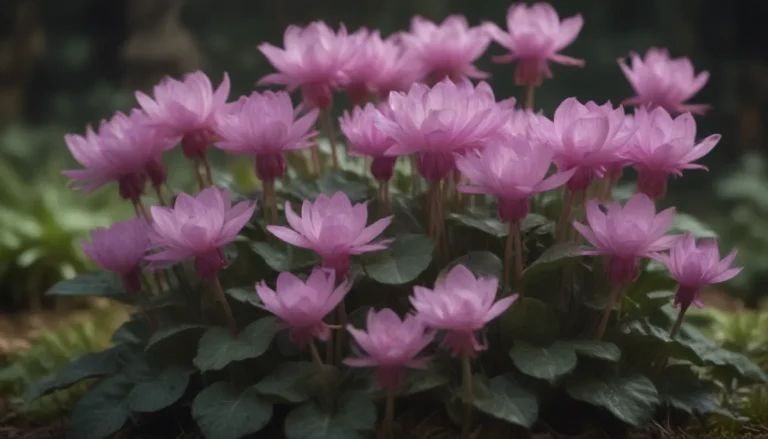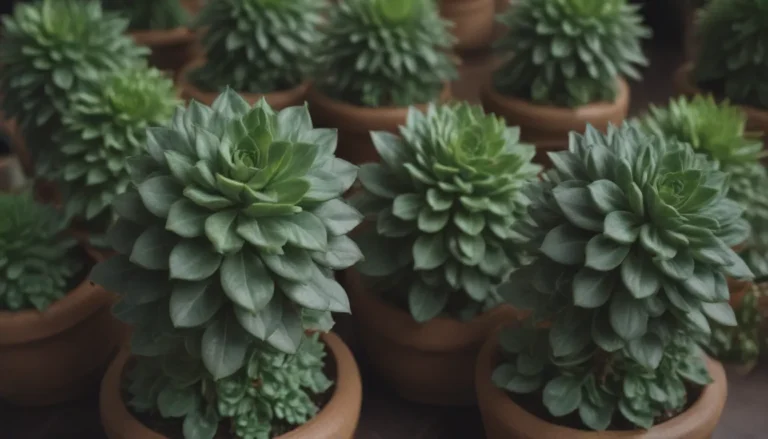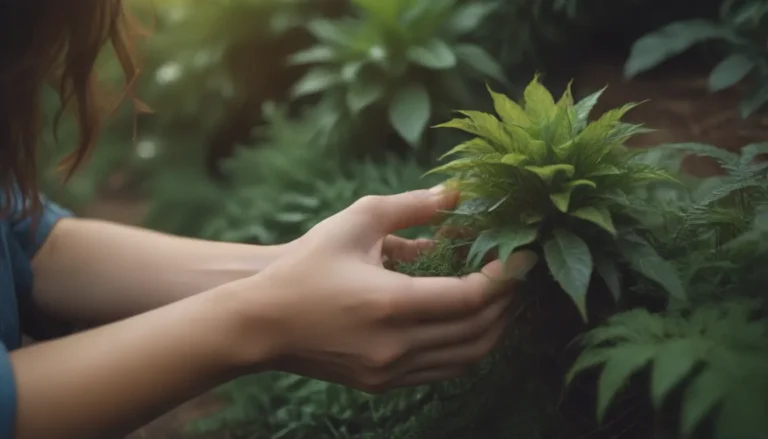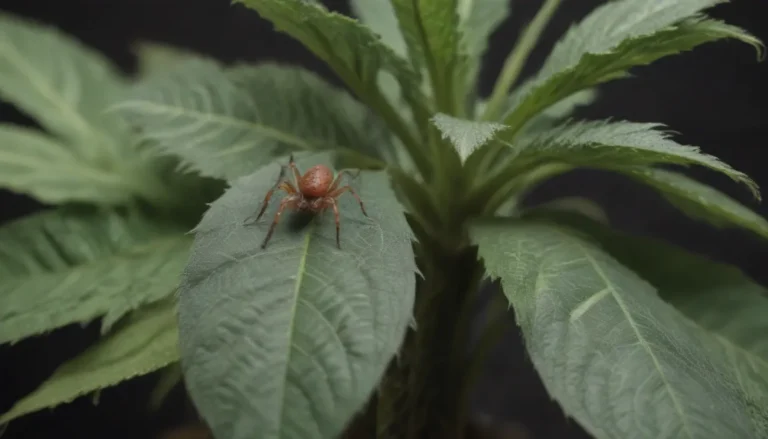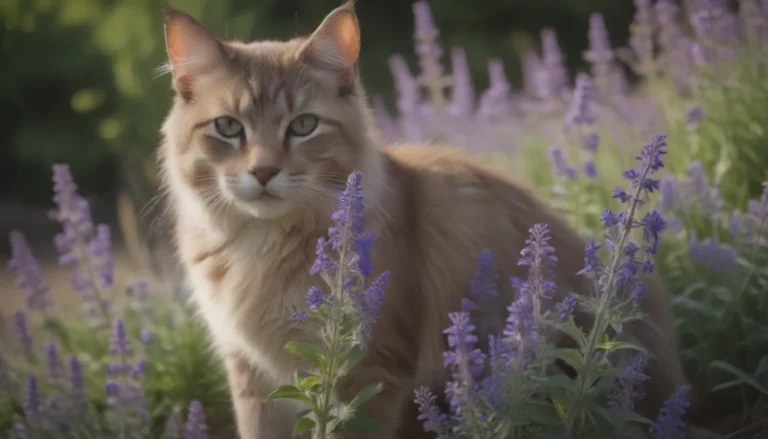The Ultimate Guide to Companion Plants for Garden Peas
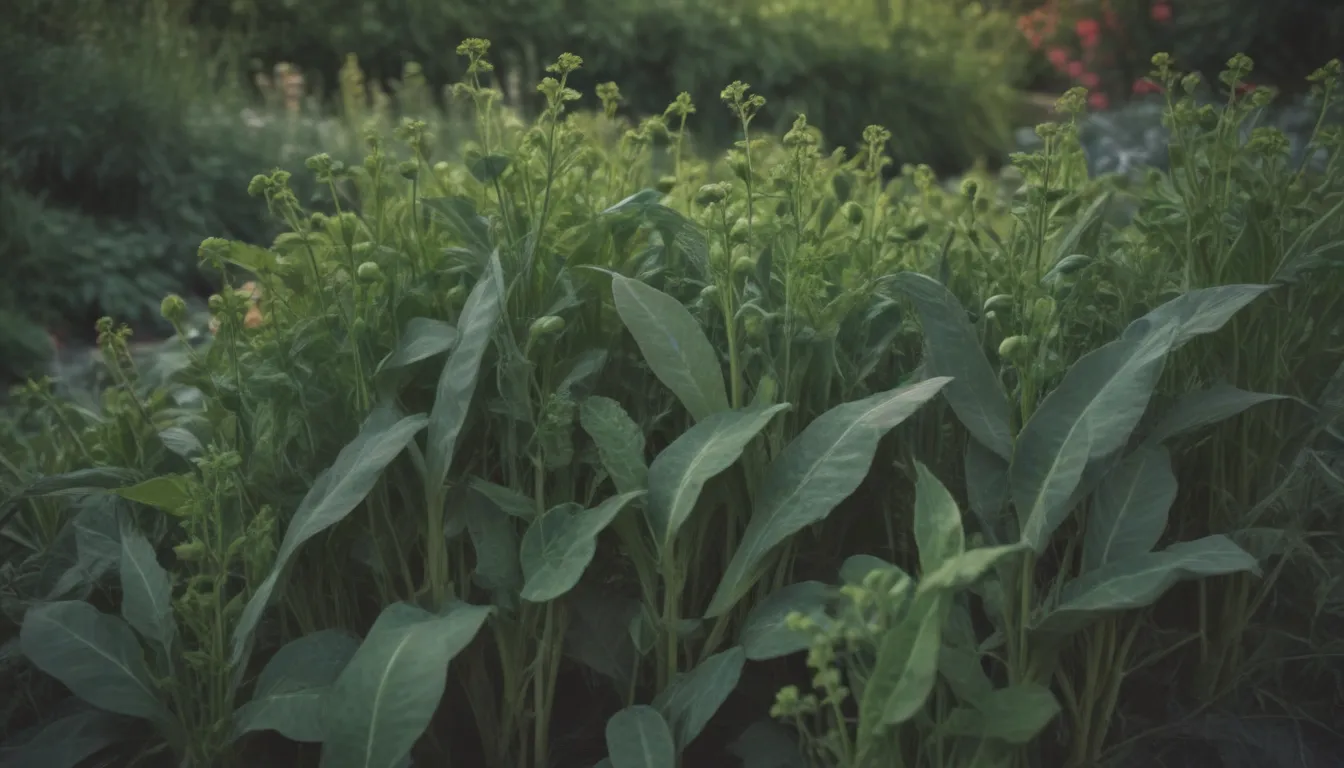
If you’re looking to take your pea garden to the next level, companion planting is the way to go. By strategically choosing which plants to grow alongside your peas, you can improve their health, ward off pests, and maximize your garden space. In this comprehensive guide, we’ll explore the best companion plants for peas, as well as those to avoid. So grab your gardening gloves and let’s get started!
What is Companion Planting?
Companion planting is a gardening technique where different plant species are grown close to each other to mutually benefit each other. This can involve plants that provide necessary nutrients, repel pests, or improve overall growth. By carefully selecting companion plants, you can create a harmonious garden ecosystem that promotes healthy plant growth.
Benefits of Companion Planting for Peas:
- Enhances growth and nutrient availability.
- Deters pests and diseases.
- Maximizes garden space efficiency.
- Encourages pollination and biodiversity.
Best Companion Plants for Peas
When choosing companion plants for your peas, it’s essential to consider their care requirements and growth habits. Here are some of the best companion plants that can help your peas thrive:
- Basil: Known for its aromatic leaves, basil can help repel pests like aphids and mosquitoes.
- Beans: Legumes like beans and lentils increase nitrogen availability in the soil, benefiting pea plants.
- Beets: Root vegetables like beets can complement peas by sharing nutrients in the soil.
- Carrots: Carrots and peas make a great pair, as they have similar soil and watering needs.
- Lettuce: Leafy greens like lettuce can be planted alongside peas to make the most of your garden space.
- Marigolds: These vibrant flowers not only add color to your garden but also help repel pests.
- Tomatoes: Tomatoes and peas are compatible companions, as they have different root depths.
- Nasturtiums: These edible flowers can attract beneficial insects to your garden.
Tips for Successful Companion Planting:
- Consider the growth habits and care requirements of each plant.
- Rotate companion plants each season to prevent soil depletion.
- Plant taller companions behind shorter plants to optimize sunlight exposure.
- Avoid planting competing species together.
Worst Companion Plants for Peas
While some plants can be beneficial companions for peas, others may hinder their growth. Plants in the allium family, such as onions and garlic, are not ideal companions for peas. These plants tend to stunt pea growth and should be avoided in close proximity.
Growing and Harvesting Peas
Peas are cool-weather plants that thrive in temperatures between 55°F to 75°F. Here are some tips for successfully growing and harvesting peas in your garden:
- Plant pea seeds outdoors in early spring, about a month before the last frost date.
- Ensure well-draining soil and full sun exposure for optimal growth.
- Water regularly to avoid drying out and promote pod production.
- Harvest peas when the pods are bright green and round, indicating ripeness.
- Be gentle when harvesting peas to avoid damaging the plants.
Storing Peas for Extended Use
Freshly picked peas from the garden are delicious, but if you have an abundance, storing them is key. Here’s how you can preserve your peas for later use:
- Store fresh peas in the refrigerator for up to five days.
- Freeze peas for long-term storage by blanching them first.
- Consider drying peas for use in soups and stews during the winter months.
With these tips and companion planting ideas, you can enhance the health and productivity of your pea garden. By selecting the right companions and providing proper care, you’ll soon be enjoying a bountiful harvest of fresh peas right from your own backyard. Happy gardening!
